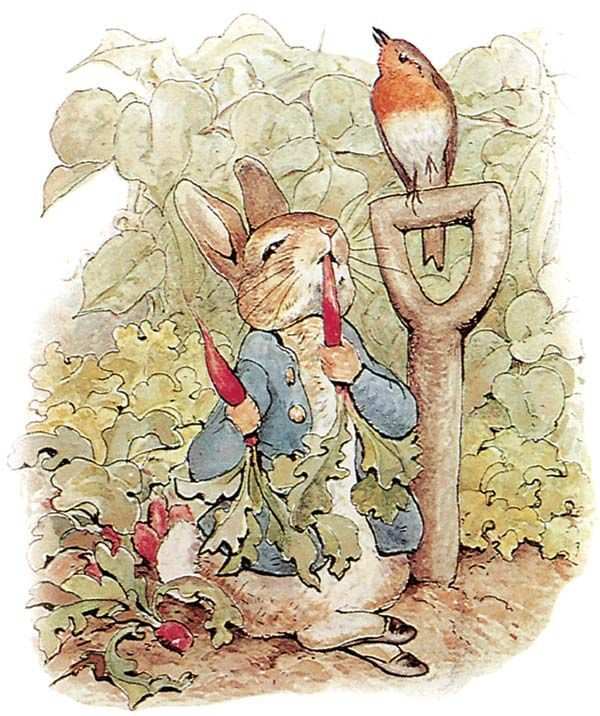Peter Rabbit, the mischievous bunny in a blue jacket, has captivated children and adults alike for generations. But who is the creative mind behind this beloved character and the enchanting world he inhabits? The answer lies with Beatrix Potter, an English author and illustrator whose love for nature and keen observation of animals brought Peter Rabbit and a host of other memorable characters to life.
Born Helen Beatrix Potter on July 28, 1866, in South Kensington, London, Beatrix Potter’s childhood was one of relative isolation but rich in imagination. The daughter of wealthy cotton merchants, she and her brother Walter Bertram were largely educated at home by governesses. This solitary upbringing fostered a deep connection with nature and animals. Her holidays spent in Scotland and the Lake District became crucial in shaping her artistic vision and providing the backdrop for her famous tales. These picturesque landscapes and her menagerie of pets, from rabbits to mice, fueled her creativity and inspired her detailed watercolor drawings.
 Beatrix Potter's Peter Rabbit Illustration
Beatrix Potter's Peter Rabbit Illustration
It was during one of these Scottish holidays, at the age of 27, that the seed for Peter Rabbit was sown. Beatrix penned an illustrated letter to Noel Moore, the sick child of her former governess, telling a story about four rabbits named Flopsy, Mopsy, Cotton-tail, and Peter. This heartfelt letter, filled with charming drawings, was the precursor to The Tale of Peter Rabbit. Recognizing the story’s appeal, Potter initially self-published it in 1901 after facing rejections from publishers. However, in 1902, Frederick Warne & Company embraced The Tale of Peter Rabbit, and it became an instant success.
Following the triumph of Peter Rabbit, Beatrix Potter continued to write and illustrate, creating a series of small, beautifully crafted books. Over the next two decades, she produced 22 more tales, including classics like The Tailor of Gloucester (1903), The Tale of Squirrel Nutkin (1903), and The Tale of Benjamin Bunny (1904). Her books were intentionally designed to be small enough for children’s hands, and they combined deceptively simple prose with her exquisite watercolor illustrations and a subtle, dry wit that resonated with readers of all ages.
Beyond her literary achievements, Beatrix Potter was also a keen natural scientist, particularly interested in mycology (the study of fungi). She made detailed drawings of fungi and even wrote a paper on spore germination for the Linnean Society in 1897. Later in life, despite personal setbacks including the death of her fiancé Norman Warne, Beatrix Potter found solace and purpose in farming. She bought Hill Top Farm in the Lake District, dedicating herself to land conservation and breeding Herdwick sheep. In 1913, she married William Heelis, a solicitor, and spent her remaining years as a farmer and landowner. Beatrix Potter passed away on December 22, 1943, leaving behind not only a legacy of beloved children’s books but also a significant contribution to the preservation of the Lake District. She bequeathed a substantial amount of land to the National Trust, ensuring that the landscapes that inspired Peter Rabbit would be protected for future generations. Thus, Beatrix Potter, the creator of Peter Rabbit, was not just a children’s author but a multifaceted woman whose life encompassed art, science, and a deep commitment to the natural world.